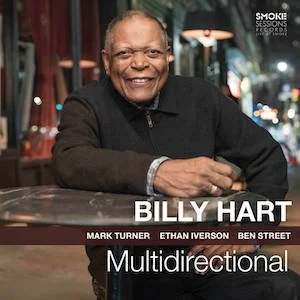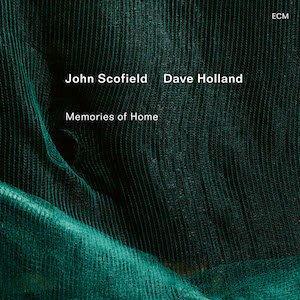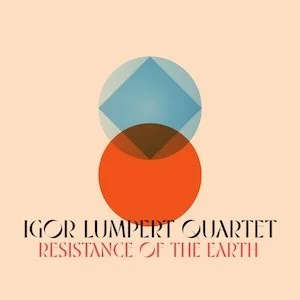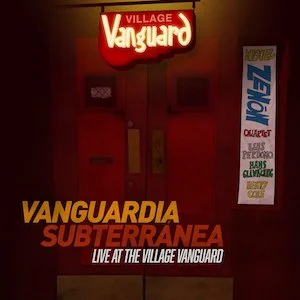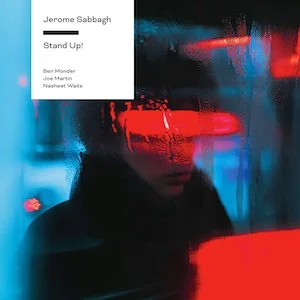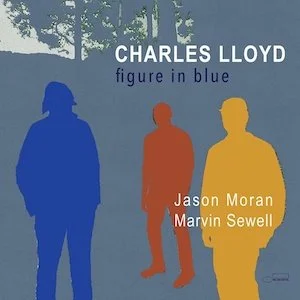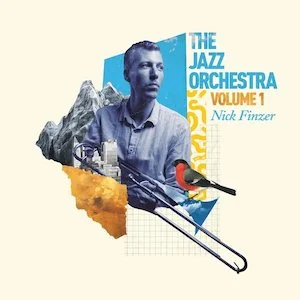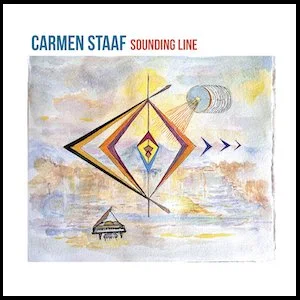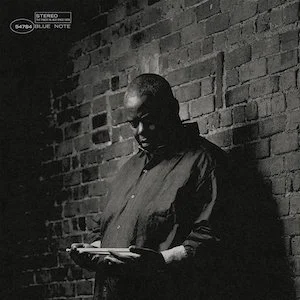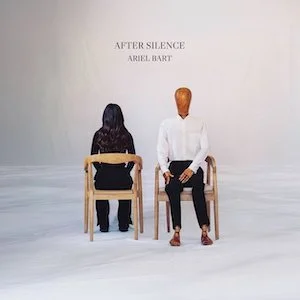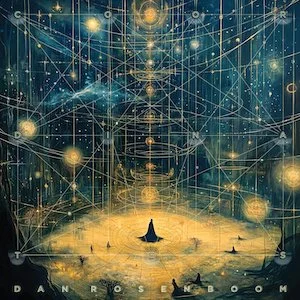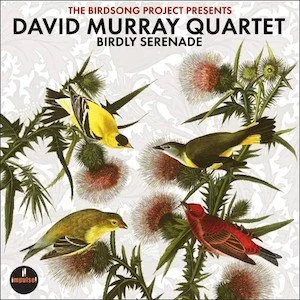Label: FWF Records, 2025
Personnel - Leandros Pasias: piano; Vangelis Vrachnos: double bass; Giorgos Klountzos Chrysidis: drums + Harris Lambrakis: ney; James Wylie: saxophone.
Yako Trio’s eclectic instincts are fully on display on their latest album, Woven, an even-keeled exploration of genre-bending ambiences filtered through the group’s distinctive lens. The Thessaloniki-based trio—pianist Leandros Pasias, bassist Vangelis Vrachnos, and drummer Giorgos Klountzos Chrysidis—expands into a quintet here with two guest woodwind players: New Zealander saxophonist James Wylie and Athens-born flutist Harris Lambrakis.
This highly listenable session opens with “Mr. McCoy”, a tribute to pianist McCoy Tyner and the invigorating energy of his playing. Written by Pasias, the piece centers around a rich harmonic riff while Coltranean lines surge from the frontline. Swinging underneath with liberating force, it features ecstatic improvisations from each member and vividly evokes Tyner’s ‘70s post-bop. Vrachnos’ “Ghostly Wind” follows, unfolding like an Eastern dance with groovy bass figures, catchy melodicism, and a gently lilting rhythmic flow.
Pasias reveals an interesting, broad compositional vision throughout, contributing some of the album’s most gripping pieces, including “Kloutzoa” and “Impromptu”. The former—a breezy, soulful tune written for Chrysidis and recalling Kamasi Washington’s soul-jazz pulse—rides on a nicely chilled beat from the drummer; while the latter feels as if McCoy Tyner had teamed up with Mulatu Astatke in a modal post-bop/world-fusion crossroad, with flute-and-sax juxtapositions reaching a spiritual sensitivity. Pasias also composed “Myrtilo”, a soothing, luminous ballad.
Chrysidis’ “Speaking Voice” begins with cymbal magnification before settling into a seductive, R&B-inflected piece that nods to fusion through bouncing electric piano textures and skittering hi-hat patterns. The album winds down in a relaxed atmosphere with Vrachnos’ ballad “Sweet Lotus”.
Woven, named for its interlacing of musical idioms, showcases Yako Trio’s global sensibilities and captures the ear through the clarity and cohesion of their musical craft.
Favorite Tracks:
01 - Mr. McCoy ► 03 - Kloutzoa ► 04 - Impromptu







